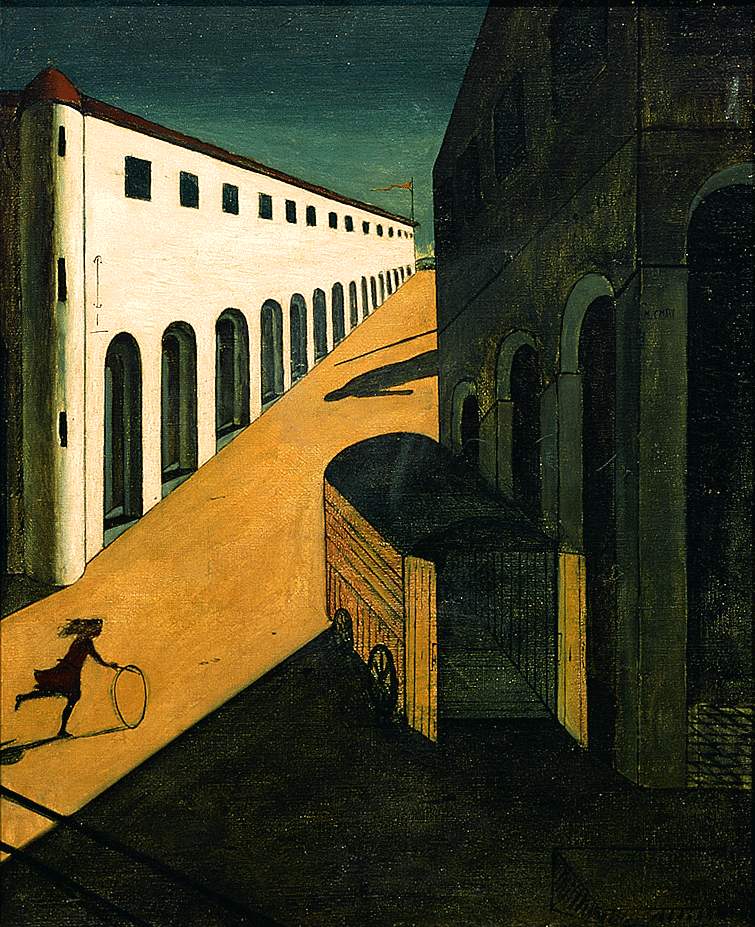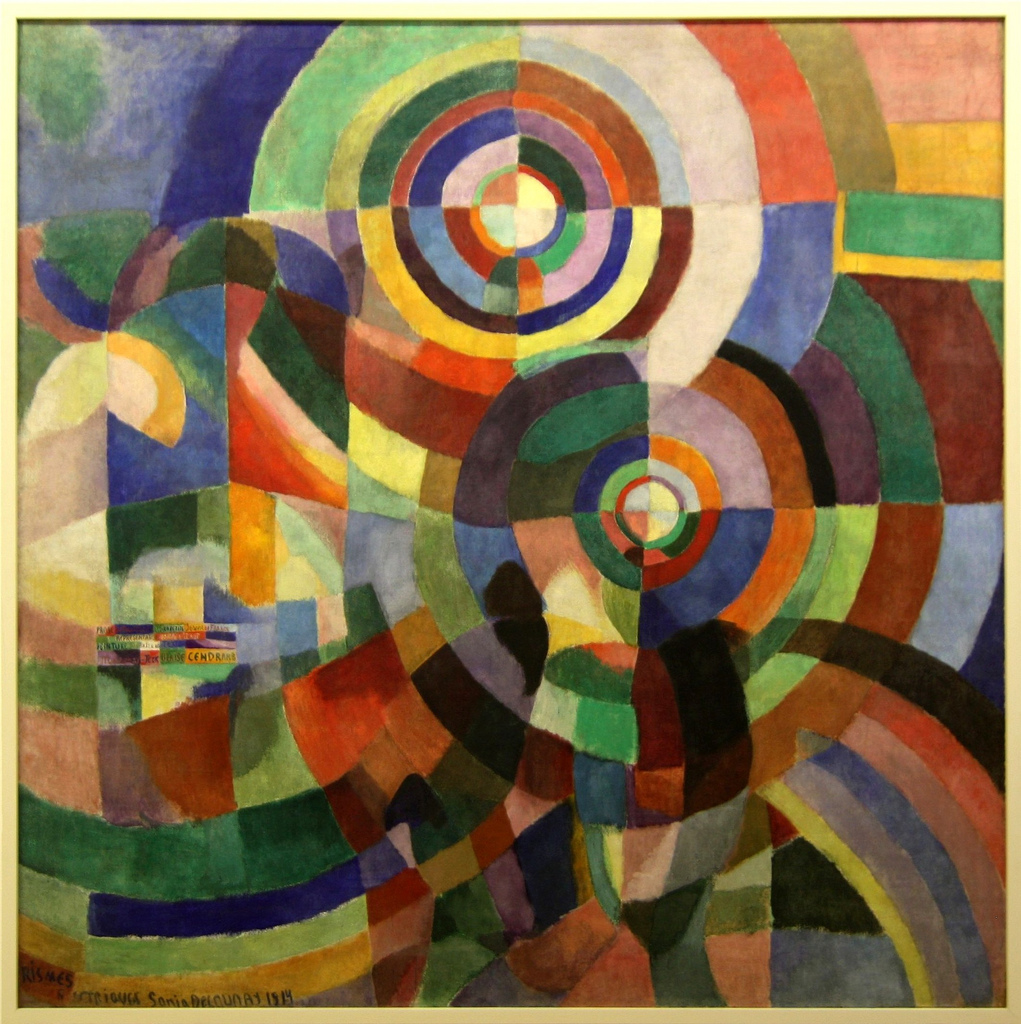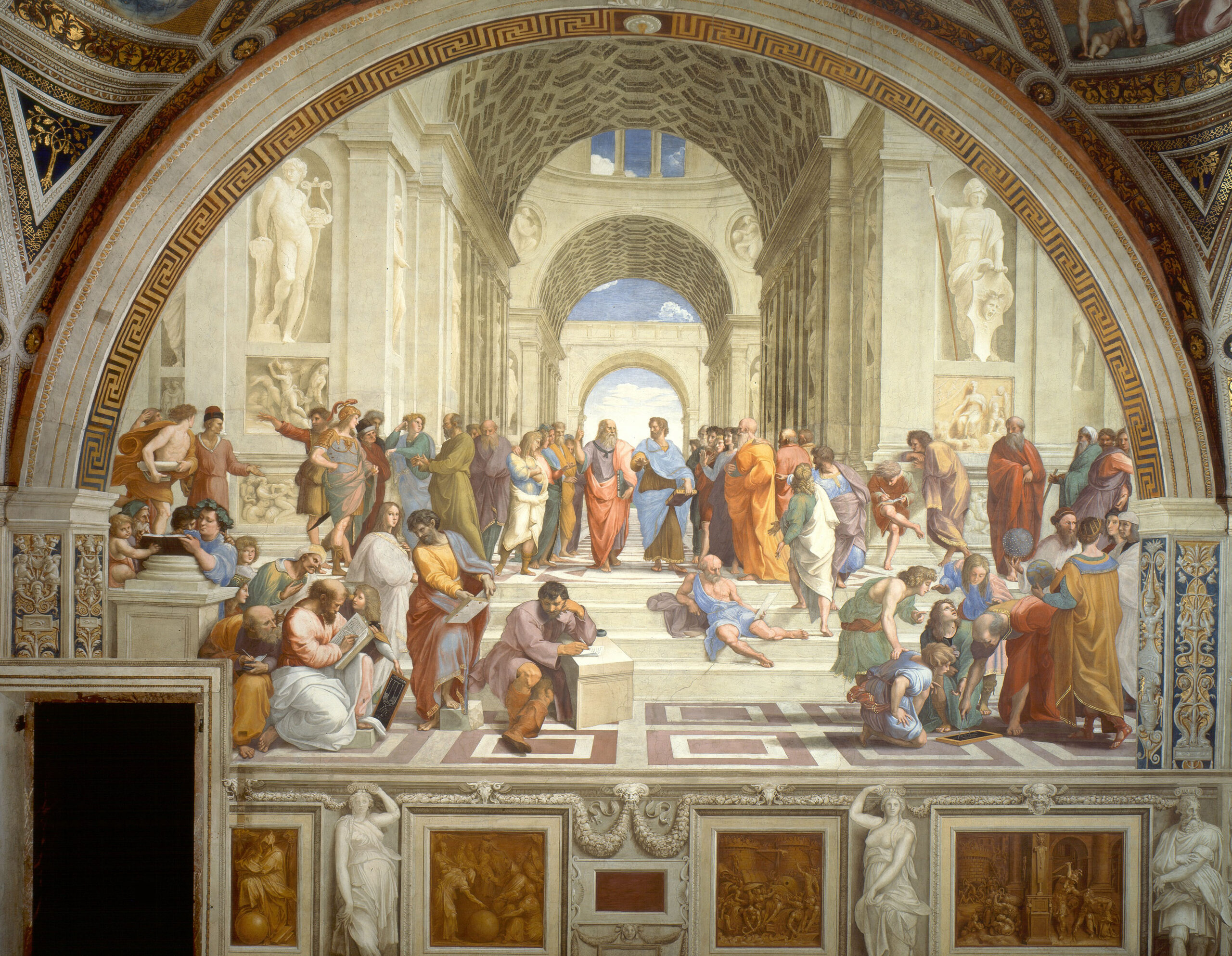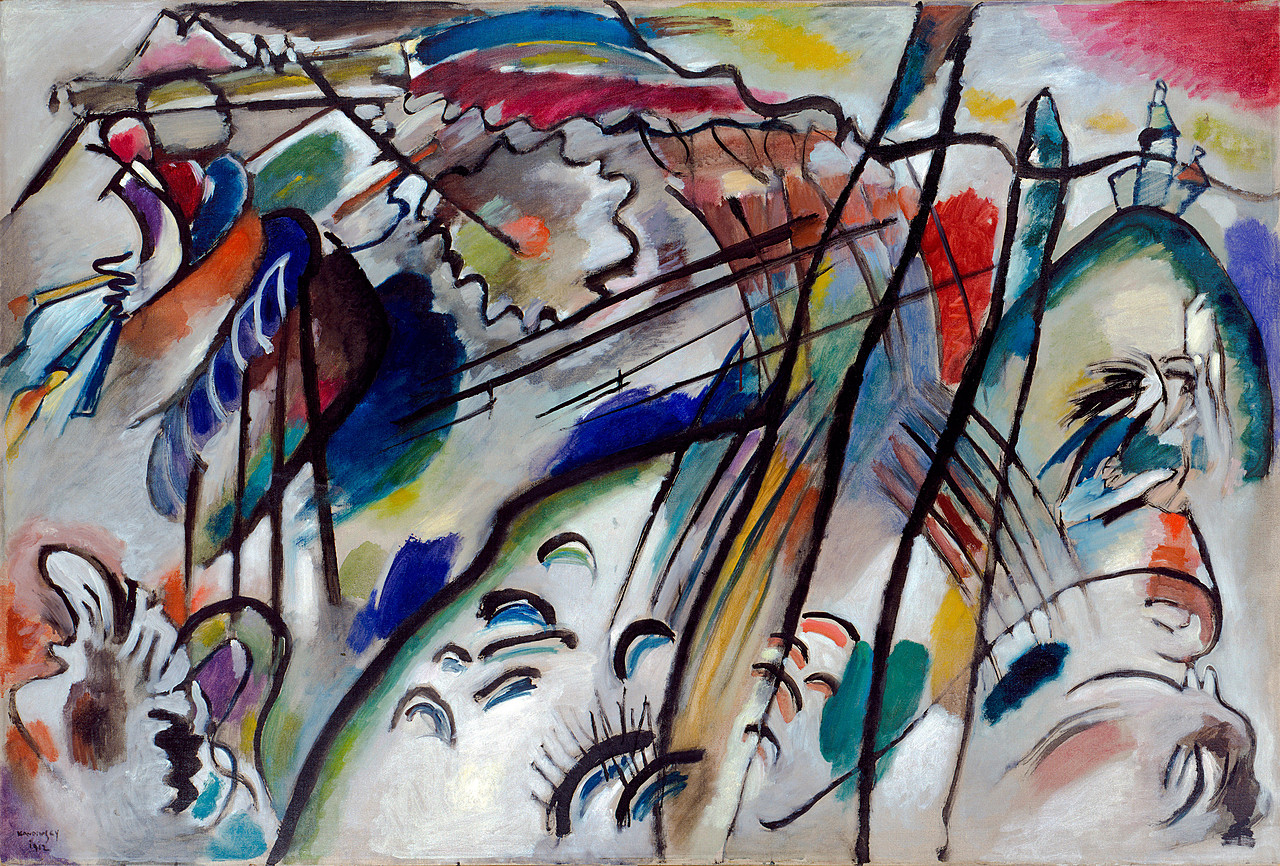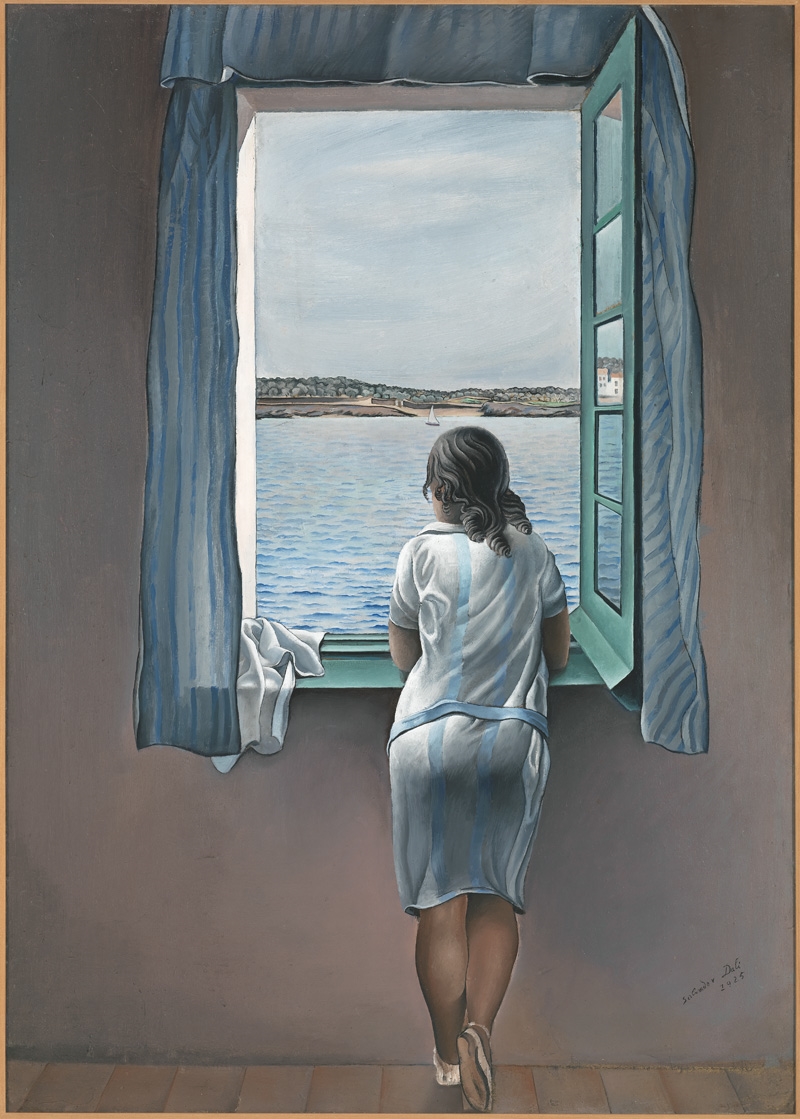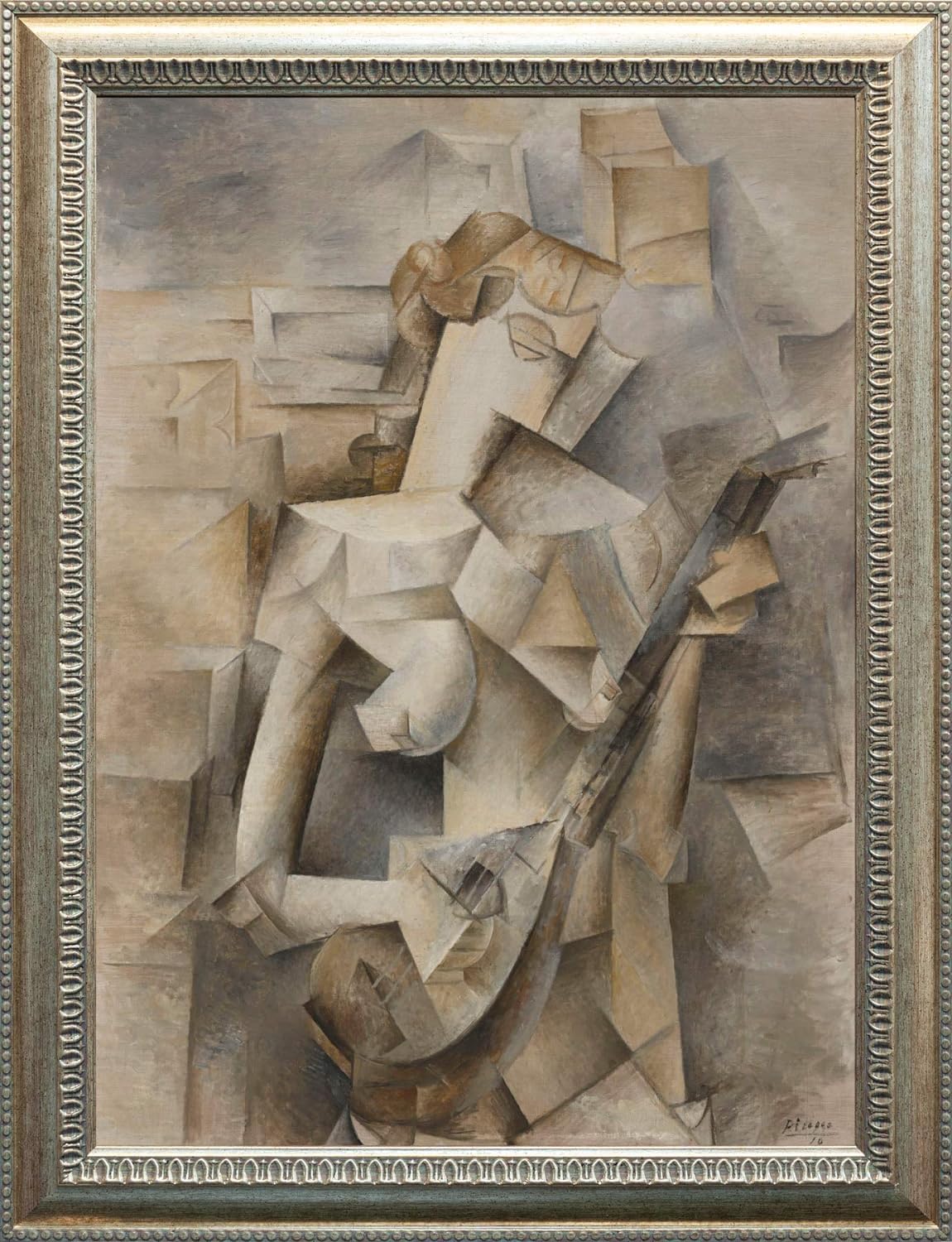Table of Contents
- History of Crying Girl, 1950s and 1960s
- Analysis of crying girl 1963
- Technique implemented in both phases
- Description of Crying Girl.
- Revelations from your Studio and Home
- Location of Crying Girl 1963
- Who was Roy Lichtenstein
History of Crying Girl, 1950s and 1960s
Crying Girl is a profound reflection on the experience of women during the 1950s and 1960s. It was a period marked by tireless struggle and equal rights, these women faced overwhelming social pressures where they were forced to conform to restrictive standards of behavior and appearance, as well as oppressive relationships; the diptych reflects the complexity and suffering of that historical period for women.
Analysis of crying girl 1963

From the experience of a crying girl; she uses her tears, her look and her posture, as faithful evidence of stress and resignation. In a way that conveys the idea of being trapped in an identity that for her time was belittled and relegated to inferior roles in society.
Roy Lichtenstein’s Crying Girl represents that American woman of the 1950s and 1960s who, despite her superficial beauty, faces emotional difficulties due to living in a male-dominated society that demands perfection and limits feminine expression. The tears and the stressed look are interpreted as symbols of this internal struggle and the anguish the girl experiences under social pressure.
Technique implemented in both phases

Although the productive phase of this painting seems simple, it reveals an underlying complexity, and as I mentioned before; the technique Lichtenstein used in the first phase was ceramic enamel on steel. While in the second phase he notably employed the Ben-Day dot method leaving the viewer with the task of filling in the missing tones, while reflecting on the intersection between commercial and fine art.
Description of Crying Girl.
—1963

What Roy depicts in this lithograph is a girl with a furtive glance to the right and her hands instinctively cover her mouth as if containing a silent scream, red fingernails, yellow hair, and the whitish pearl in her ear, red lips glistening in plain sight, those tears sliding from the corner of both eyes provoking the viewer’s curiosity. In itself, the work contains a sense of that intense and palpable feeling of a fleeting moment.
—1964

The second style is characterized by the use of enamel on steel with dark background, profile and apparently light eyes, very pronounced benday on her face and hand, tears falling alone, red lips and profiled nose. This contrast between the handmade and the mechanical deepens the reflection on the condition of the American woman of the time. Lichtenstein transformed the traditional medium of oil on canvas and lithography.
Revelations from your Studio and Home
The video offers an exclusive view of Lichtenstein through never-before-seen footage of his home life and the creative process in the studio, accompanied by relevant interviews with his wife, Dorothy, and his close friend Frederic Tuten. This combination offers a deeply personal portrait of Roy.
Location of Crying Girl 1963

Crying Girl was created as an invitation for a Lichtenstein exhibition at the Leo Castelli Gallery in New York. One of the five editions was acquired in 1965 and is now part of the Milwaukee Art Museum’s permanent collection. The work has been on display since April 2019 and the prints are sold on the secondary art market.
Who was Roy Lichtenstein

He was an outstanding exponent of pop art, whose work reflects the culture and tensions of the post-Cold War period. Through emblematic pieces such as “Whaam” (1963), with a profound message about American society.
His style, inspired by the cultural trivialization of everyday life, is characterized by the use of graphic techniques, vivid colors and emotionality. Lichtenstein captured the public’s attention by conveying powerful messages through his works, leaving a lasting legacy in contemporary art.


